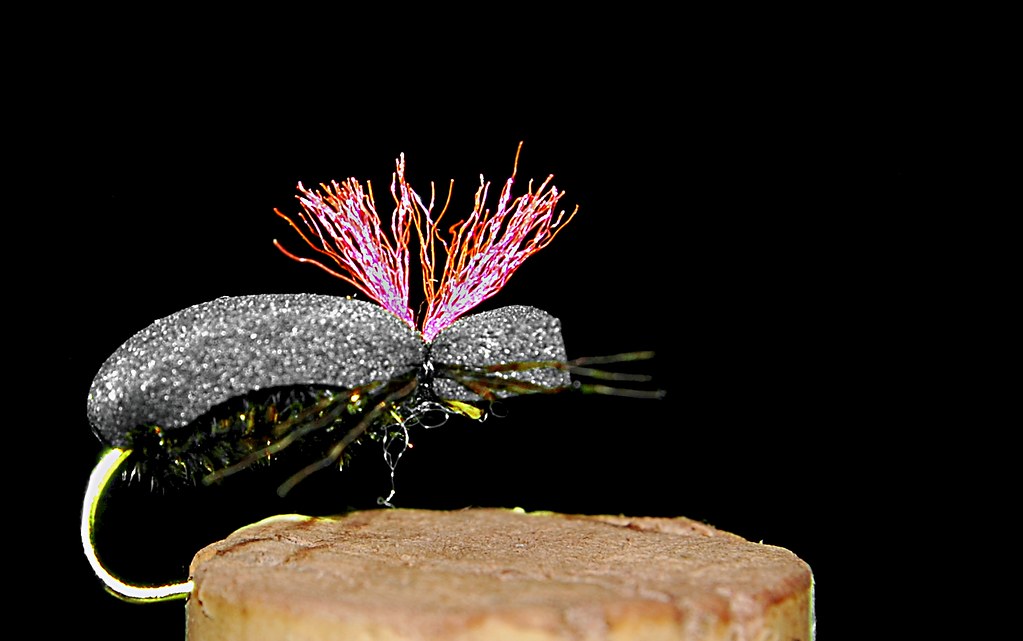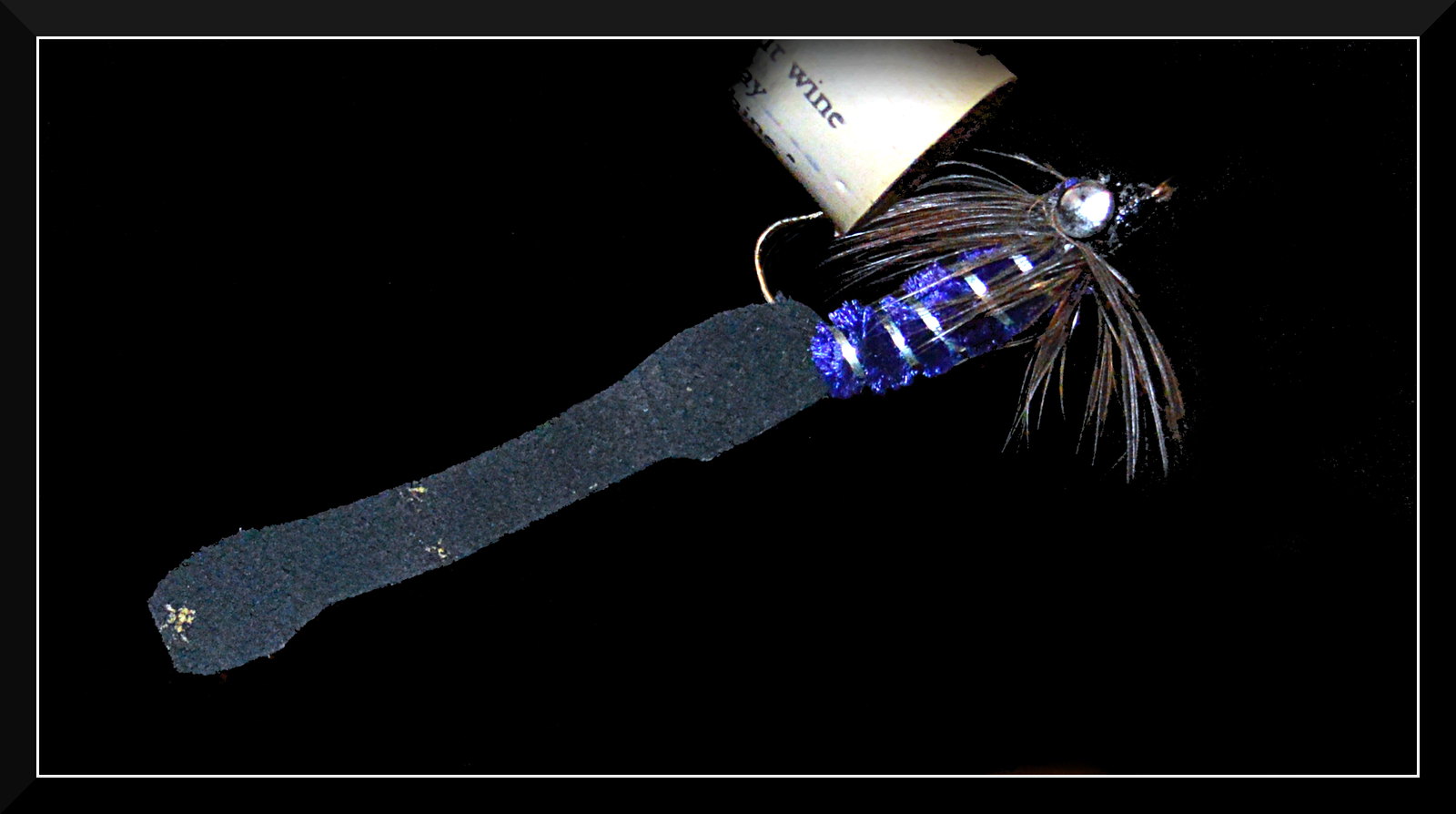It's Official
El Niño Is Gone
La Niña is coming
 |
| PREVIEW OF COMING ATTRACTIONS |
-------
.. The current El Niño – a phase of the El Niño Southern Oscillation (ENSO) - is swinging toward it's other extreme... We're ready. We need some moisture and some snow to replenish our waters and lower the volatility of the fuel moisture content of our forest.
.. ENSO has three phases. It is a single climate phenomenon. Our weather vocabulary has come to include the two extremes over the last 30 years or so. The third state is the "neutral" state and is perceived by most of us as 'normal.'
According to NOAA:
- El Niño: A warming of the ocean surface, or above-average sea surface temperatures (SST), in the central and eastern tropical Pacific Ocean. Over Indonesia, rainfall tends to become reduced while rainfall increases over the tropical Pacific Ocean. The low-level surface winds, which normally blow from east to west along the equator (“easterly winds”), instead weaken or, in some cases, start blowing the other direction (from west to east or “westerly winds”).
- La Niña: A cooling of the ocean surface, or below-average sea surface temperatures (SST), in the central and eastern tropical Pacific Ocean. Over Indonesia, rainfall tends to increase while rainfall decreases over the central tropical Pacific Ocean. The normal easterly winds along the equator become even stronger.
- Neutral: Neither El Niño or La Niña. Often tropical Pacific SSTs are generally close to average. However, there are some instances when the ocean can look like it is in an El Niño or La Niña state, but the atmosphere is not playing along (or vice versa).
 |
| ALL ROUNDER |
 .. The faithful are holding their breath as the air temperature slowly rises and the discharge of our west side rivers diminishes.
.. The faithful are holding their breath as the air temperature slowly rises and the discharge of our west side rivers diminishes. .. If the predicted temperatures for next week hold, we're in for a quick warm up for the Firehole River and subsequent fish lethargy.
 |
| FOAM BEETLE |
.. No hopper nymphs have been seen but the ants are moving now and some of the small black beetles are also wriggling around.
.. When they're up, the surface bugs will draw the fish with them. Whether they are up or down a sparse soft hackle will do the trick.
 |
| CHAMOIS LEECH |
.. A few reports of noses are available and one submarine taken on a chamois leech at dusk magically appeared on a neighbors cell phone.
 |
| KID'S CREATION |
.. All your favorite attractor flies, (and the rejects from the winter experiments,) will gather up trout. This is a good bit of water to use a dry / dropper combination. Don't get carried away with weight and don't make the dropper so deep that you catch the rockfish. Doubles of 6" to 10" fish happen with some regularity.
 |
| BEADHEAD AWESOME |
.. We've been wandering the convoluted meanders around Baker's Hole. The trout are willing but holding tight to the shore and in the shadows.
 |
| BRINDLE and HEN |
.. A couple of the neighbors have guaranteed that we'd be successful with some two toned Wooly Buggers but it hasn't happened yet.
.. They are using typical Fall flies such as the Baker's Hole Bugger or the Brindle and Hen. Works for them - not for us - yet.
 |
| BAKER'S HOLE BUGGER |
.. The trout were pleased to take anything on top and anything that was drowned. They were feisty and scrappy, (words used to describe the fish in the 8" - 10" range.) Short casts and colorful language must have helped with the success in the catching department.
.. The garden beckons and the streets are full of visiting entertainment. We'll take a stroll around the village for the mid day rush.
.. Then off to the to the mighty willow thickets of the Madison River as it debauches into Hebgen Reservoir. It's dry enough and the mosquitoes are not out in force - yet.
-------
 |
| DARK HOLE ON THE GIBBON |




.jpg)






